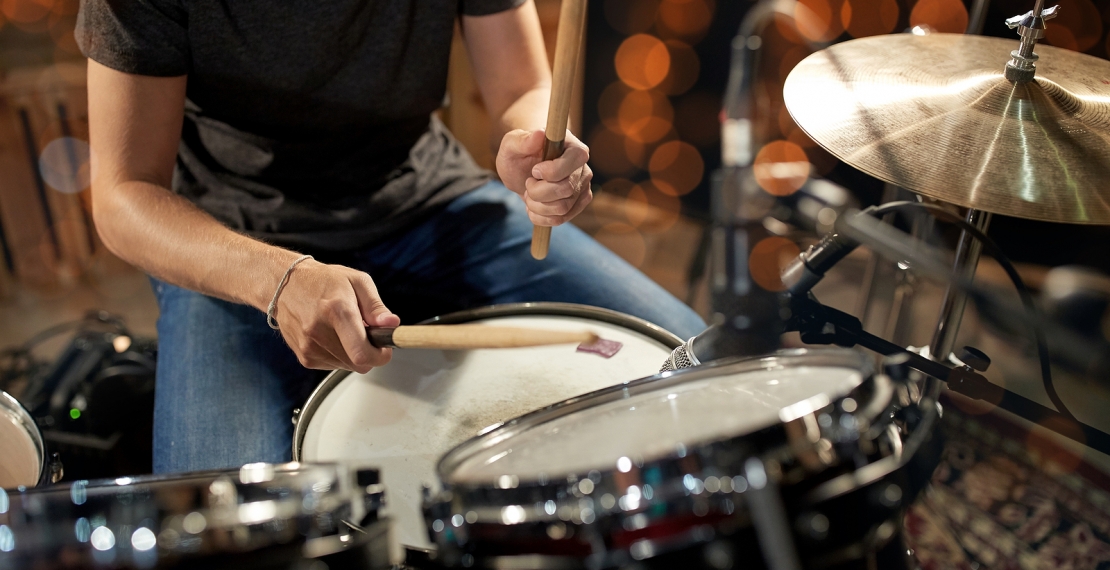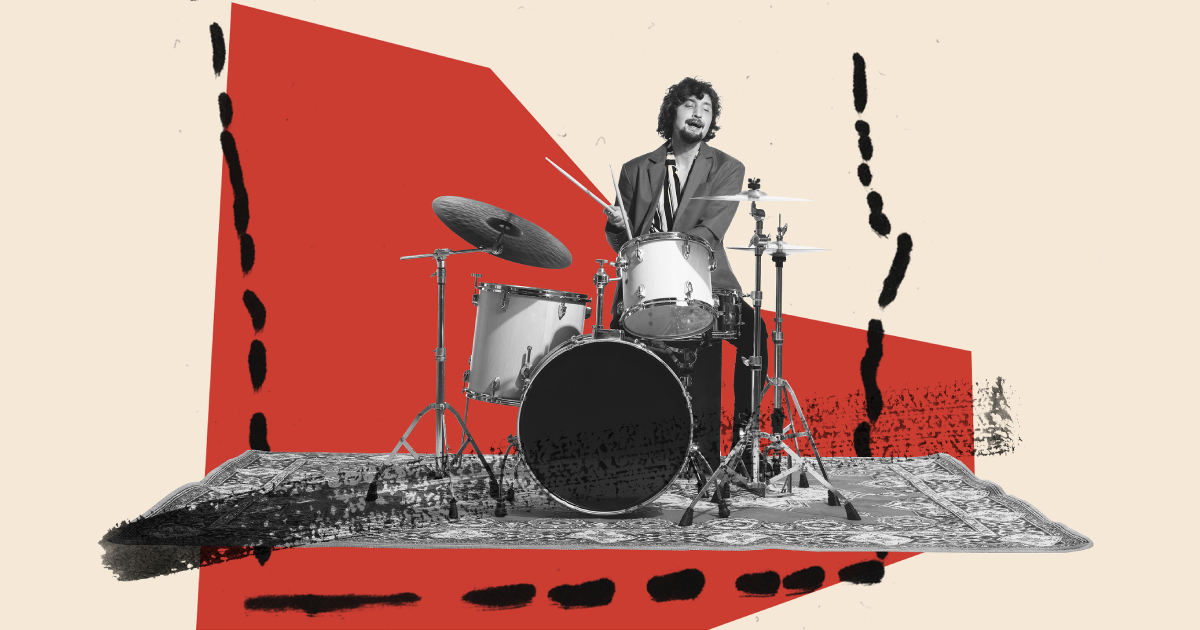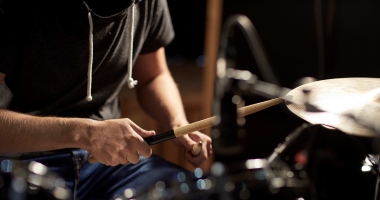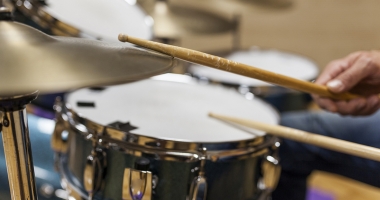Groove Music School Blog: All About Drum, Singing & Guitar
How To Improve Your Hand-Foot Coordination On The Drums

Hand-foot coordination is a fundamental skill for drummers, enabling them to create intricate rhythms and dynamic beats. Whether you're a beginner looking to enhance your drumming abilities or an experienced drummer aiming to refine your technique, improving hand-foot coordination is key to achieving fluidity and precision in your playing. In this article, we'll delve into various techniques and tips to help you master hand-foot coordination on the drums.
Understanding hand-foot coordination
Hand-foot coordination on the drums involves synchronising the movements of your hands (typically used for playing the drum kit) with those of your feet (used for operating the bass drum pedal and sometimes hi-hat pedal). This coordination is crucial for executing complex drum patterns, maintaining a steady rhythm, and expressing musical ideas effectively.
Essential techniques for improving hand-foot coordination
-
Start slow and gradually increase speed
Begin practising with simple rhythms at a comfortable tempo. Focus on accuracy and timing before gradually increasing the speed. This gradual progression allows your muscles to develop muscle memory and improves coordination over time.
-
Use a metronome
A metronome is an invaluable tool for developing precise timing and rhythm. Start by practising basic drum patterns with the metronome set to a slow tempo, and gradually increase the speed as you become more comfortable. This helps train your brain to synchronise your hand and foot movements with a consistent beat.
-
Practice rudiments with feet
Just as drummers practice rudiments (such as singles, doubles, paradiddles, etc.) with their hands, incorporating foot variations can significantly improve hand-foot coordination. Start with basic foot patterns like single strokes and doubles on the bass drum pedal, then progress to more complex patterns like triplets and flam taps.
-
Focus on independence
Develop independence between your hands and feet by practising different rhythms simultaneously. For example, play a steady beat with your hands while adding syncopated bass drum patterns. This exercise challenges your coordination and helps you integrate hand and foot movements seamlessly.
-
Incorporate limb exercises
Limb independence exercises, such as playing different rhythms with each limb, can enhance coordination and dexterity. Practice exercises like the "four-way coordination" exercise, where each limb plays a different rhythm (e.g., snare drum plays quarter notes, bass drum plays eighth notes, hi-hat plays sixteenth notes, and ride cymbal plays triplets).
Tips for effective practice
-
Consistency is key
Set aside regular practice sessions dedicated to improving hand-foot coordination. Consistent practice reinforces muscle memory and helps you progress steadily.
-
Break down complex patterns
When tackling complex drum patterns, break them down into smaller segments and practice each part separately. Once you feel comfortable with each segment, gradually combine them to master the full pattern.
-
Record and analyse your playing
Record yourself practising or performing your favourite songs and listen back to identify areas for improvement. Pay attention to timing, dynamics, and the accuracy of your hand-foot coordination. Use this feedback to refine your technique and make necessary adjustments.
-
Stay relaxed
Tension in your muscles can hinder coordination and affect your playing quality. Focus on maintaining a relaxed posture, grip, and pedal technique while practising. Relaxation allows for smoother movements and better control over your drumming.
-
Seek feedback and guidance
Don't hesitate to seek feedback from experienced drummers or instructors. They can provide valuable insights, tips, and personalised exercises to help you overcome specific challenges and improve your hand-foot coordination.
Conclusion
Improving hand-foot coordination on the drums requires dedication, practice, and a systematic approach. By implementing the techniques and tips discussed in this article, you can enhance your drumming skills and achieve greater precision and fluidity in your playing. Remember to practice consistently, use tools like metronomes, and challenge yourself with diverse exercises to continue progressing.
For beginner drum lessons that will aid in honing your hand-foot coordination and drumming skills, check out Groove Music School. Our experienced instructors can help you reach your drumming goals and unlock your full potential as a drummer.
Start your journey to mastering hand-foot coordination today!





